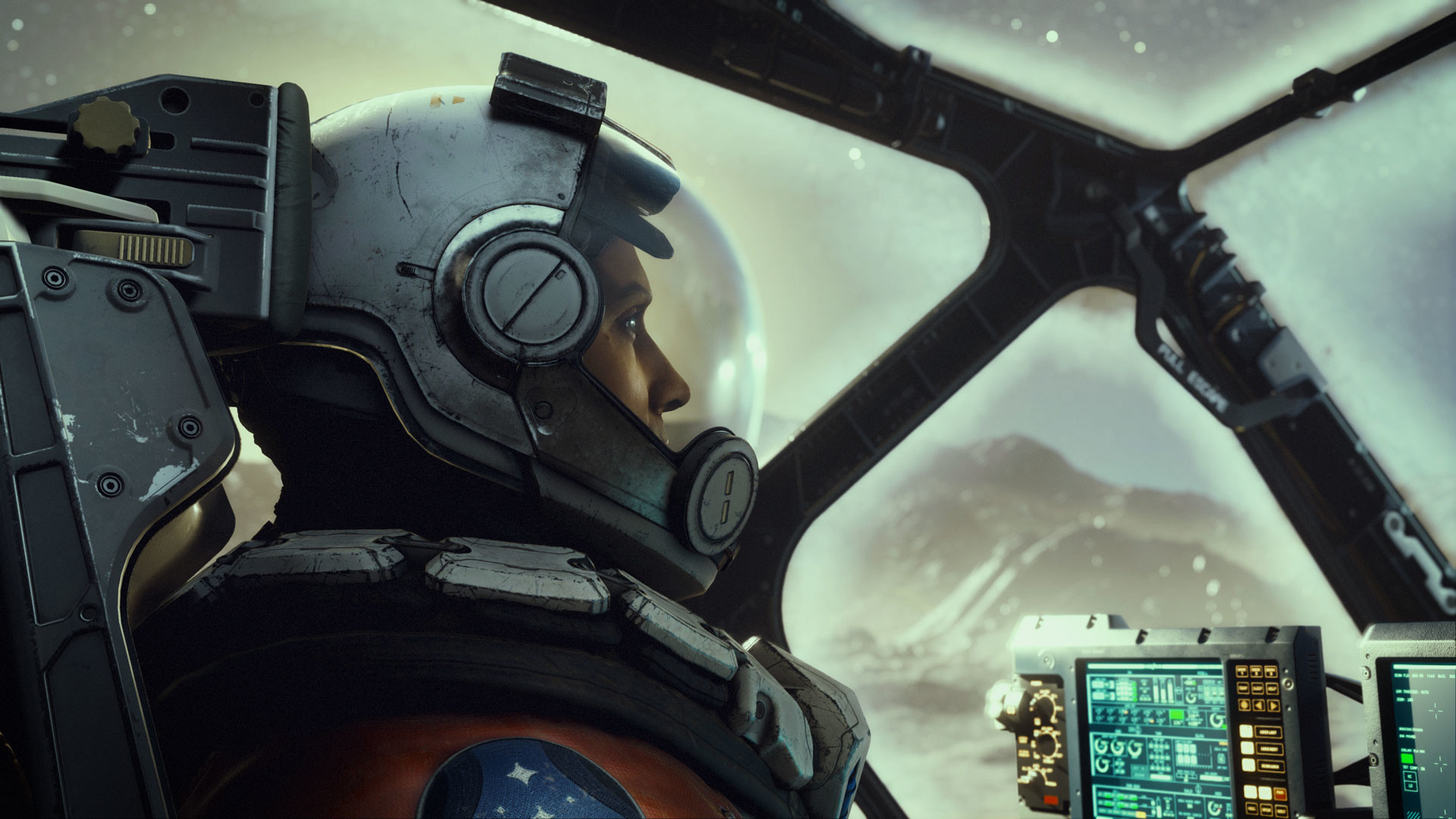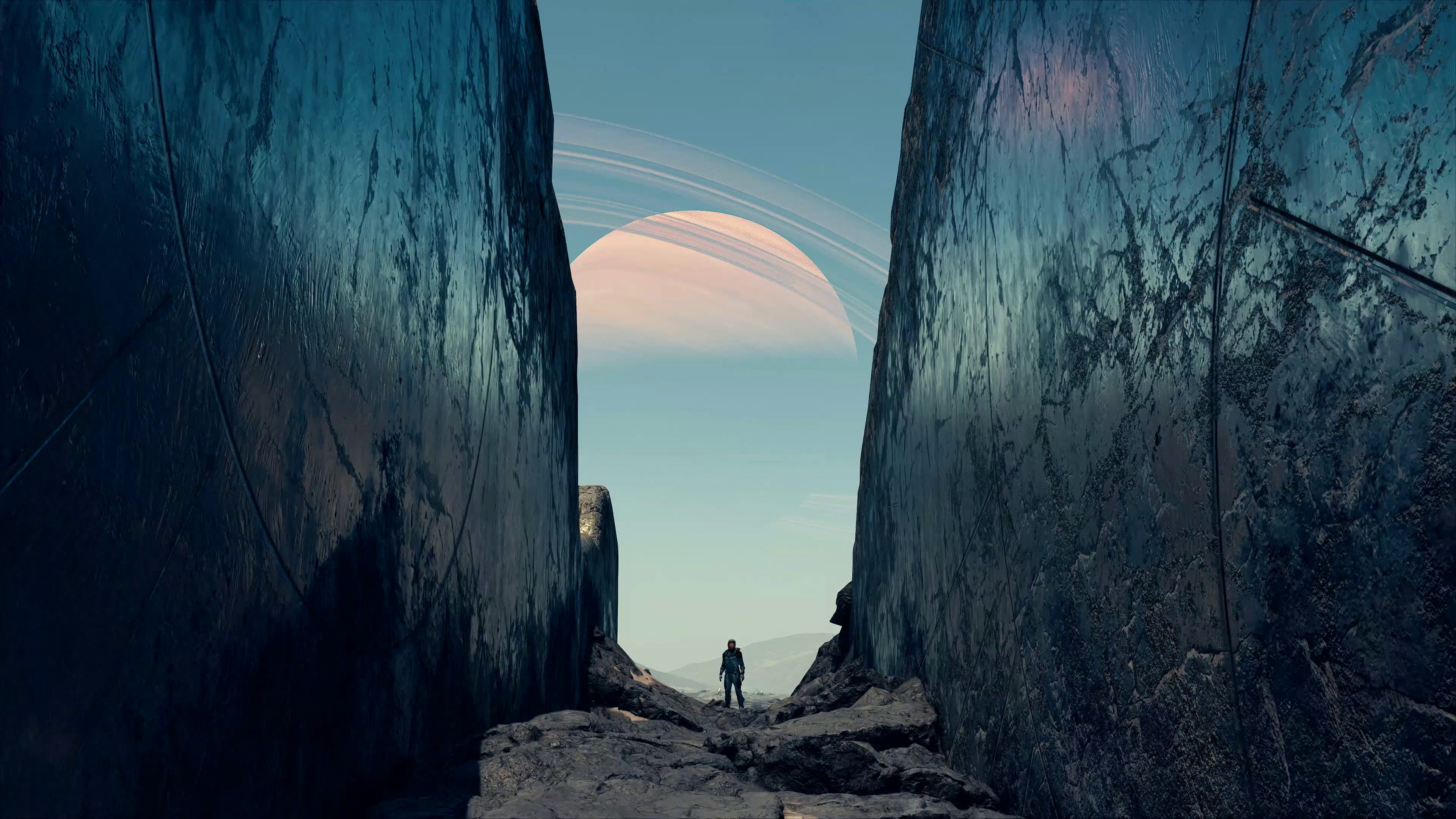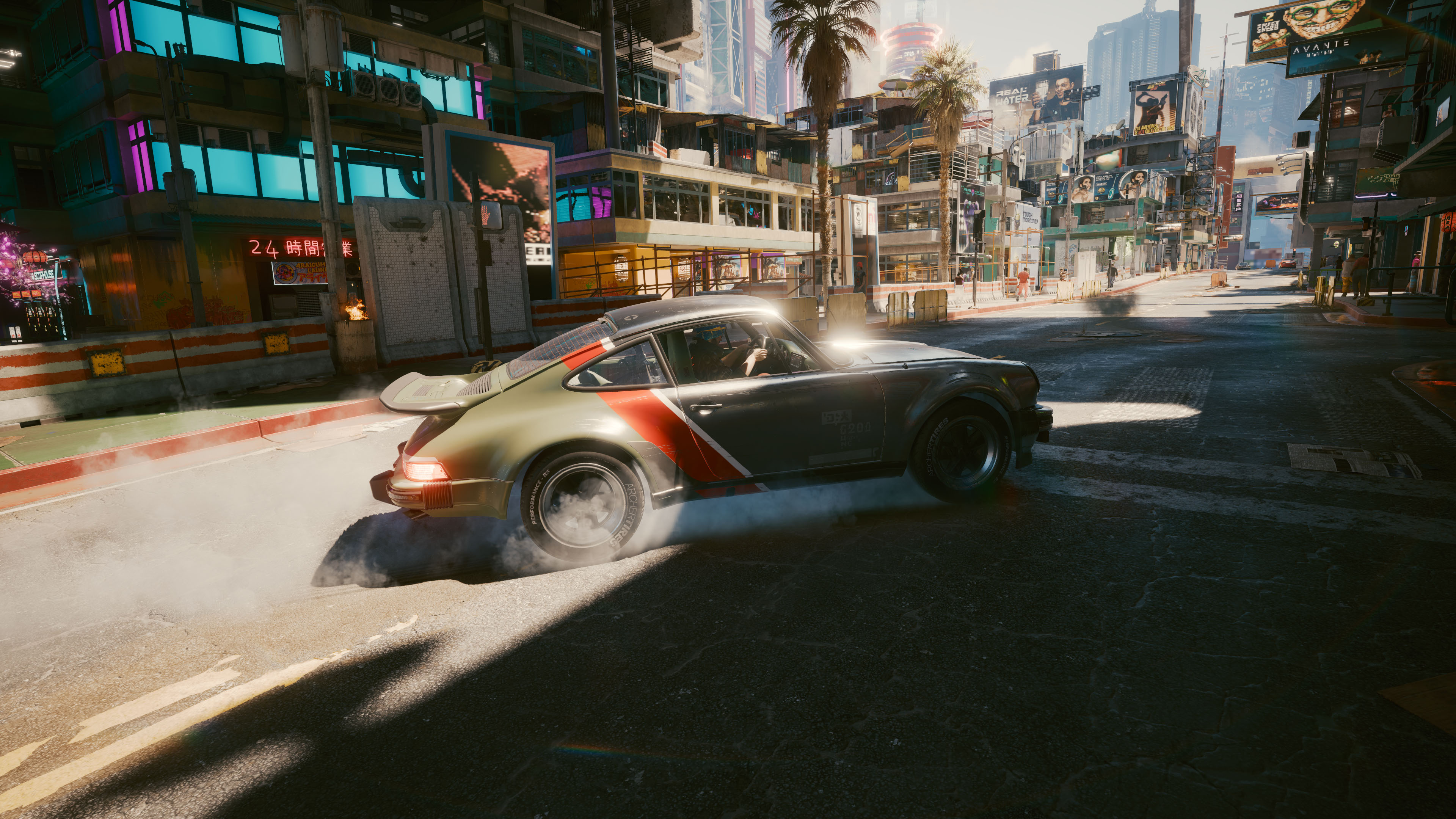
Starfield is a big deal. Heck, it’s the biggest deal. Bethesda’s sci-fi epic is by far the most anticipated game of 2023, and I can’t wait to lose an embarrassing amount of hours exploring its colossal universe.
Still, I’m a little worried about just how well Starfield is going to run on my gaming PC. My rig might be a beast, but with the announcement of the AMD and Bethesda deal that confirms the former as an ‘exclusive’ partner in the game's development, it doesn’t feel like a great time for Starfield fans with Nvidia GPUs.
With AMD promising that the grand space adventure will take advantage of both Ryzen 7000 series processors and Radeon 7000 graphics, the company’s GPUs look well placed to run Starfield more optimally than Team Green’s cards.
AMD's GPUs look well placed to run Starfield more optimally than Team Green’s cards.
And really, is this partnership with Bethesda really that much of a surprise? Let’s not forget AMD built the RDNA 2 GPU that lies at the heart of Xbox Series X.
On paper, my Nvidia Geforce RTX 4090 should be able to smash through Starfield with little effort. After all, the recommended PC specs are fairly modest. With Bethesda suggesting an AMD Radeon RX 6800 XT or Nvidia GeForce RTX 2080 should be able to get the job done, my 4090 should theoretically coast through the RPG.
DLSS or GTFO

And yet, I'm still sweating it. Sure, that's mostly down to a bout of unseasonable Scottish warmth. Yet I can't deny I'm also midly losing my shizzle at the thought of playing Starfield on my 4090 without Nvidia DLSS features.
If you’re not familiar with the acronym, it stands for ‘Deep Learning Super Sampling’. In gaming terms, it’s an upscaling technique that can substantially boost fps performance compared to playing titles at your monitor’s native resolution.
DLSS 3 is the latest version of the tech, and it features impressive new frame generation options to further boost performance, as well as Nvidia Reflex in order to reduce latency.
I’ve had game-changingly good experiences with DLSS 3 with a number of titles, be it Cyberpunk 2077, Dying Light 2, Microsoft Flight Simulator or A Plague Tale: Requiem. Each time Nvidia’s upscaler has delivered image quality that my eyes find hard to tell apart from native res, all while delivering significant frame rate boosts.
Scaled it

Without DLSS 3 or other upscaling techniques, even my absurdly powerful GPU struggles to hit 60 fps at 4K resolution with full ray tracing features enabled in Cyberpunk.
So yes, I’m obviously desperate to see DLSS 3 in Starfield on PC. Legendary game director Todd Howard has already confirmed his gargantuan space quest will use AMD’s FSR image processing and upscaling – most likely AMD’s FidelityFX Super Resolution 2.0, to be precise. But whether Nvidia’s DLSS tech will be incorporated into the game at a future stage is entirely unknown.
Whether Nvidia’s DLSS tech will be incorporated into the game at a future stage is entirely unknown.
To be frank, Nvidia has me over a barrel. I own its most powerful consumer GPU and both my gaming displays are Nvidia G-Sync compatible. Wherever possible, I want to see my games take advantage of my RTX 40-series card’s best features, and DLSS 3 is at the top of the tree when it comes to said tech.
I hope Starfield will get DLSS support, so that both AMD and Nvidia users get the best experience possible, regardless of what brand of GPU they're playing on.
I'm also hoping the Xbox Series X and Xbox Series S versions run at a stable 30 fps when Starfield launches on September 6. Although come on, the Series X edition should surely be hitting 60, right?
As for the prospect of seeing DLSS support in Starfield? My glass of intergalactic orangeade is depressingly half full.
!["[T]he First and Fifth Amendments Require ICE to Provide Information About the Whereabouts of a Detained Person"](https://images.inkl.com/s3/publisher/cover/212/reason-cover.png?w=600)






